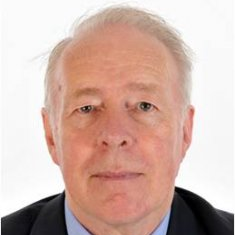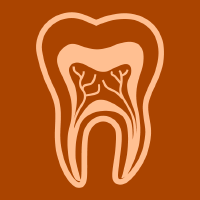Topic Menu
► Topic MenuTopic Editors

Clinical and Experimental Research in Dentistry and Bioactive Materials
Topic Information
Dear Colleagues,
We invite researchers with an expertise in dentistry to contribute to this Special Issue entitled “Clinical and Experimental Research in Dentistry”, with an emphasis on bioactive materials. Innovations in both dental materials and techniques are dynamic in nature, partly driven by various challenges over the last 30 years—for example, environmental issues impacting the clinical use of amalgam restoration, consumer demand for improved aesthetics, and the need for improvements in the materials to prevent marginal leakage, secondary caries and wear in the composite resin restorations, as well as enabling these materials to be bioactive in nature. The development of these products as well as varnishes, glass ionomer cements, fluoride-containing glasses, ACP-CCP, functional tricalcium phosphate, silver diamine fluoride (SDF), resin infiltration and self-assembling proteins, etc., for the treatment of early carious lesions and tooth sensitivity has been a challenge both for manufactures and researchers, and there is a requirement to perform well-designed clinical trials to evaluate these products once they have been successfully evaluated in the laboratory to establish their effectiveness in terms of durability and fluoride release at sustainable levels. The aim of this Special Issue is to review the innovations (including laboratory techniques) for the evaluation and treatment of early carious lesions (remineralization and/or resin infiltration), secondary caries and tooth sensitivity in general as well, as well as including papers that evaluate the bioactivity of these products in both the laboratory and clinical environments.
Dr. David Gillam
Dr. Luciana Fávaro Francisconi-dos-Rios
Topic Editors
Keywords
- dental materials
- composite resin restorations
- innovations in fluoride-releasing materials
- bioactivity
- clinical and laboratory evaluations
- management of early carious lesions (remineralization and/or resin infiltration)
- marginal leakage (secondary caries)
- tooth sensitivity
Participating Journals
| Journal Name | Impact Factor | CiteScore | Launched Year | First Decision (median) | APC |
|---|---|---|---|---|---|

Dentistry Journal
|
2.6 | 4.0 | 2013 | 27.8 Days | CHF 2000 |

Journal of Clinical Medicine
|
3.9 | 5.4 | 2012 | 17.9 Days | CHF 2600 |

Materials
|
3.4 | 5.2 | 2008 | 13.9 Days | CHF 2600 |

Medicina
|
2.6 | 3.6 | 1920 | 19.6 Days | CHF 1800 |

Journal of Functional Biomaterials
|
4.8 | 5.0 | 2010 | 13.3 Days | CHF 2700 |

MDPI Topics is cooperating with Preprints.org and has built a direct connection between MDPI journals and Preprints.org. Authors are encouraged to enjoy the benefits by posting a preprint at Preprints.org prior to publication:
- Immediately share your ideas ahead of publication and establish your research priority;
- Protect your idea from being stolen with this time-stamped preprint article;
- Enhance the exposure and impact of your research;
- Receive feedback from your peers in advance;
- Have it indexed in Web of Science (Preprint Citation Index), Google Scholar, Crossref, SHARE, PrePubMed, Scilit and Europe PMC.


